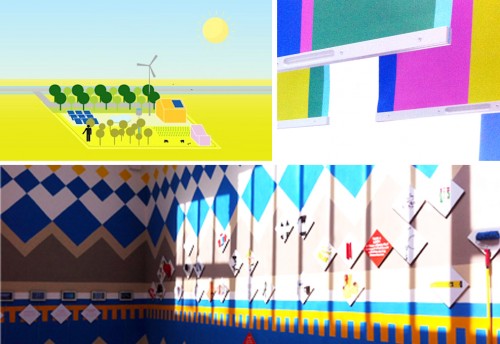Starchitecto(u)rism: libels and visions
The National Pavilions had just packed up their construction toolboxes and opened the doors to the eager crowds of archi-tourists, when the “Banal” came by. Wolf Prix’s libel against the 13th Venice Bienniale and its Common Ground aspirations, featuring punchlines such as “this event is an expensive dance macabre” or “it cannot get any worse,” flooded social networks and the architectural press spicing up the proclaimed “banality.” The accusation was the familiar lament that the Biennale is yet another venue for starchitect(o)urism, exemplifying all that goes wrong with the profession and establishing its self-indulgent distance from pressing problems of the built environment. The response was the same. David Chipperfield denounced the x-factor-like showrooms and the role of the architects as “urban decorators” setting the ground for the revival of a discussion that had been suppressed in the past decades of architectural euphoria: the architect and the many.
Perhaps preoccupied with the personal agenda of discussing fantasies of architectural democracy, this discussion was absolutely fascinating to me. Not for its ethical implications, nor for its novelty, but precisely for the lack thereof. In the 2012 Venice Biennale, the participatory project timidly rose from its ashes, to form the large counter-argument – an antistar moralism. The historical alter ego of the 1971 Design Participation Conference agenda: people instead of starchitects, empowered to express their own hypotheses, shape their own worlds, design by themselves, empowered by resilient technical infrastructures: networks, tools, systems, data. MVRDV’s Freeland, Ecosistema Urbano’s SpainLab wonder-room, Guallart’s city protocols or even the US Spontaneous Interventions, were some of the examples of a new architectural optimism engendered within a growing anti-professionalism and a call for science, interdisciplinarity and social responsibility.
Stories are made to be repeated, and so are architectural techno-social evangelisms. What is to be learned from these recursive narratives, and how do we move forward? I for one, was intrigued to find the democratizing=(?)innovating question pervading the Biennale, in the discourses of its fierce opponents and the works of its participants. Time to address it, I think.



Recent Comments